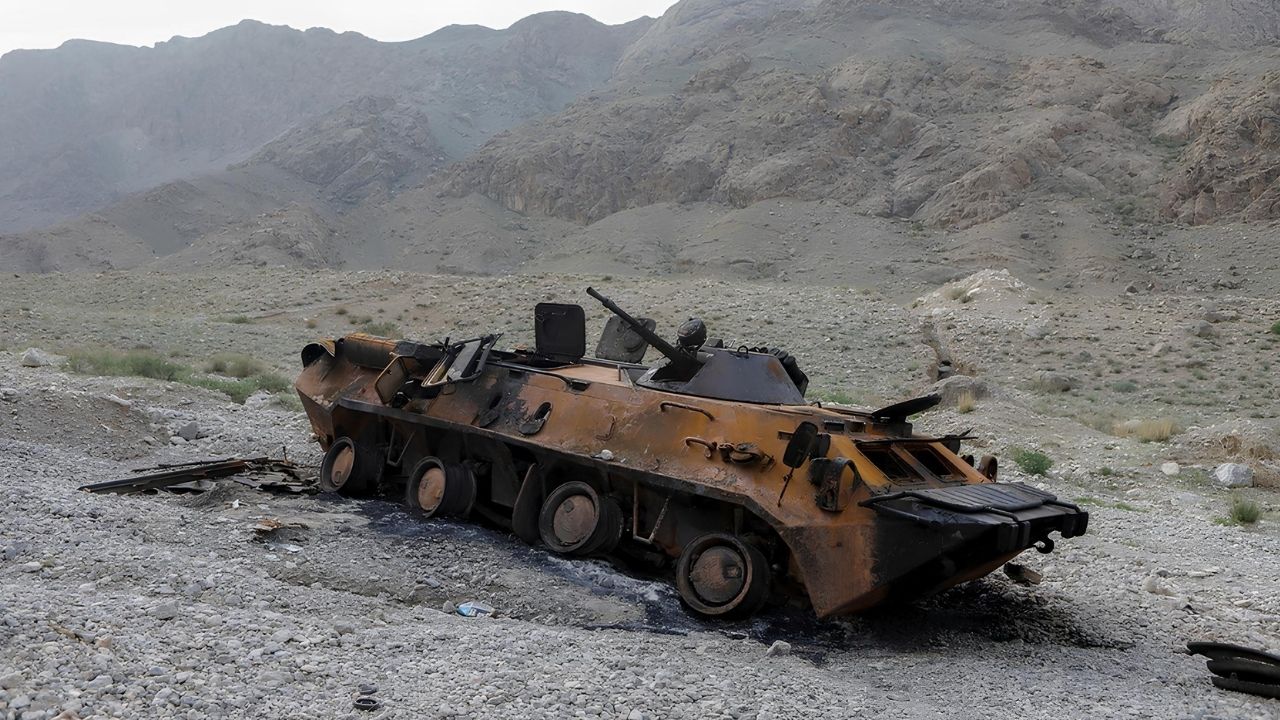
What happened during the Batken Conflict? The Batken Conflict, a series of armed clashes in 1999 and 2000, involved Kyrgyzstan, Uzbekistan, and Islamic militants. This conflict erupted in the Batken region of Kyrgyzstan when the Islamic Movement of Uzbekistan (IMU) attempted to establish a base for launching attacks in Central Asia. Why did the Batken Conflict start? The IMU sought to overthrow the Uzbek government and create an Islamic state. Who were the key players? The main actors included the Kyrgyz military, Uzbek forces, and IMU fighters. What was the impact? The conflict led to significant regional instability, displacement of civilians, and strained relations between neighboring countries. How did it end? Military operations by Kyrgyz and Uzbek forces eventually repelled the militants, restoring relative peace to the area.
Key Takeaways:
- The Batken Conflict in Central Asia involved multiple factions and had a big impact on the region. It disrupted lives, heightened tensions, and emphasized the need for cooperation in addressing security threats.
- The conflict saw guerrilla warfare, airstrikes, and military support from various nations. It left a lasting legacy, prompting increased military spending and highlighting the challenges of managing porous borders in Central Asia.
Understanding the Batken Conflict
The Batken Conflict, a lesser-known yet significant event, took place in the late 1990s in Central Asia. This conflict involved various factions and had a considerable impact on the region. Here are some intriguing facts about the Batken Conflict that shed light on its complexity and consequences.
-
The Batken Conflict occurred primarily in the Batken Province of Kyrgyzstan, near the borders with Tajikistan and Uzbekistan.
-
It began in August 1999 when the Islamic Movement of Uzbekistan (IMU) launched incursions into Kyrgyzstan from Tajikistan.
-
The IMU aimed to overthrow the Uzbek government and establish an Islamic state in Central Asia.
-
The conflict saw the involvement of Kyrgyz, Uzbek, and Tajik forces, each with their own interests and objectives.
-
The mountainous terrain of the Batken region made military operations challenging and prolonged the conflict.
Key Players and Their Roles
Several groups and nations played crucial roles in the Batken Conflict. Understanding these players helps in grasping the broader implications of the conflict.
-
The Islamic Movement of Uzbekistan (IMU) was the primary insurgent group, led by Juma Namangani and Tahir Yuldashev.
-
Kyrgyzstan's military and security forces were tasked with defending their territory and repelling the IMU fighters.
-
Uzbekistan provided military support to Kyrgyzstan, fearing the spread of IMU influence into its own territory.
-
Tajikistan, recovering from its own civil war, had limited involvement but was a base for IMU operations.
-
Russia offered logistical and intelligence support to Kyrgyzstan, aiming to maintain stability in the region.
Impact on Local Populations
The Batken Conflict had significant repercussions for the local populations, affecting their daily lives and future prospects.
-
Thousands of civilians were displaced due to the fighting, seeking refuge in safer areas.
-
The conflict disrupted local economies, with agriculture and trade severely affected.
-
Many schools and healthcare facilities were damaged or destroyed, impacting education and health services.
-
The presence of landmines and unexploded ordnance posed long-term dangers to residents.
-
The conflict heightened ethnic tensions in the region, particularly between Kyrgyz and Uzbek communities.
Military Strategies and Tactics
Both sides employed various military strategies and tactics during the Batken Conflict. These approaches influenced the course and outcome of the conflict.
-
The IMU used guerrilla warfare tactics, leveraging their knowledge of the rugged terrain.
-
Kyrgyz forces conducted counter-insurgency operations, often with the support of Uzbek and Russian forces.
-
Airstrikes and artillery were used by both sides, causing significant destruction in the conflict zones.
-
The IMU employed hit-and-run tactics, making it difficult for conventional forces to engage them directly.
-
Kyrgyzstan established fortified positions and checkpoints to control key areas and supply routes.
Long-term Consequences
The Batken Conflict left a lasting legacy in the region, influencing political, social, and security dynamics for years to come.
-
The conflict highlighted the need for regional cooperation in addressing security threats.
-
It led to increased military spending and modernization efforts in Kyrgyzstan and Uzbekistan.
-
The Batken Conflict underscored the importance of border security and the challenges of managing porous borders.
-
It prompted international organizations to provide humanitarian aid and support for reconstruction efforts.
-
The conflict served as a reminder of the potential for instability in Central Asia, influencing future policies and strategies in the region.
Final Thoughts on the Batken Conflict
Understanding the Batken Conflict helps grasp the complexities of regional tensions. This conflict, which erupted in the late 1990s, involved Kyrgyzstan and Uzbekistan. It highlighted issues like border disputes, ethnic tensions, and resource competition. The conflict's impact on local communities was profound, causing displacement and economic hardship.
Learning about these events underscores the importance of diplomacy and cooperation in resolving disputes. The Batken Conflict serves as a reminder that regional stability requires ongoing dialogue and mutual understanding. By studying such conflicts, we can better appreciate the need for peaceful solutions and the role of international organizations in mediating disputes.
In essence, the Batken Conflict offers valuable lessons on the challenges and opportunities in maintaining peace and stability in volatile regions.
Frequently Asked Questions
Was this page helpful?
Our commitment to delivering trustworthy and engaging content is at the heart of what we do. Each fact on our site is contributed by real users like you, bringing a wealth of diverse insights and information. To ensure the highest standards of accuracy and reliability, our dedicated editors meticulously review each submission. This process guarantees that the facts we share are not only fascinating but also credible. Trust in our commitment to quality and authenticity as you explore and learn with us.
